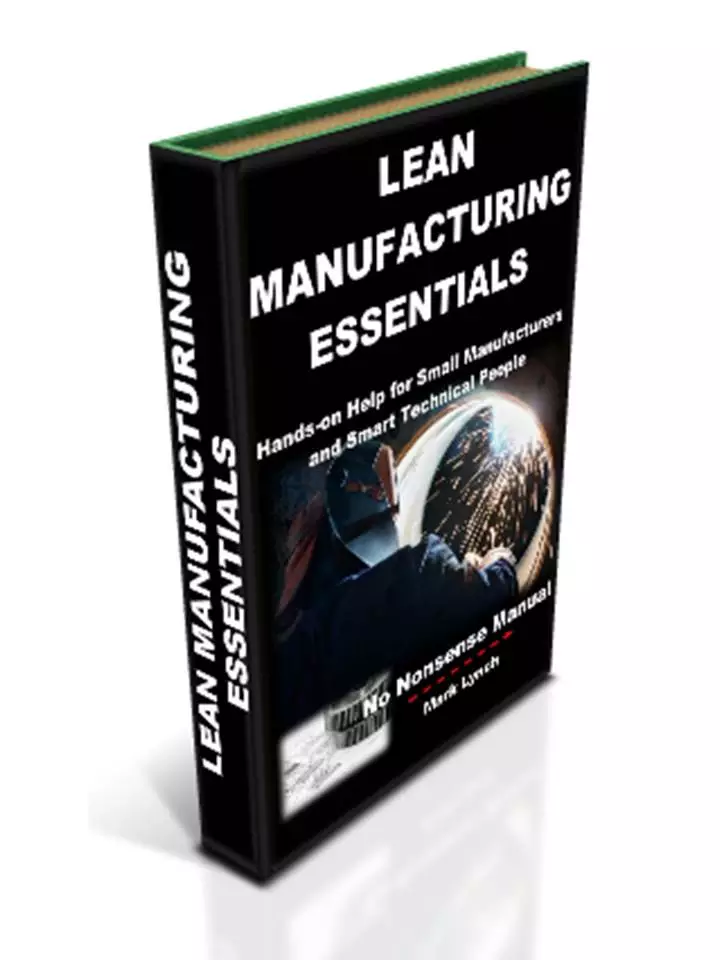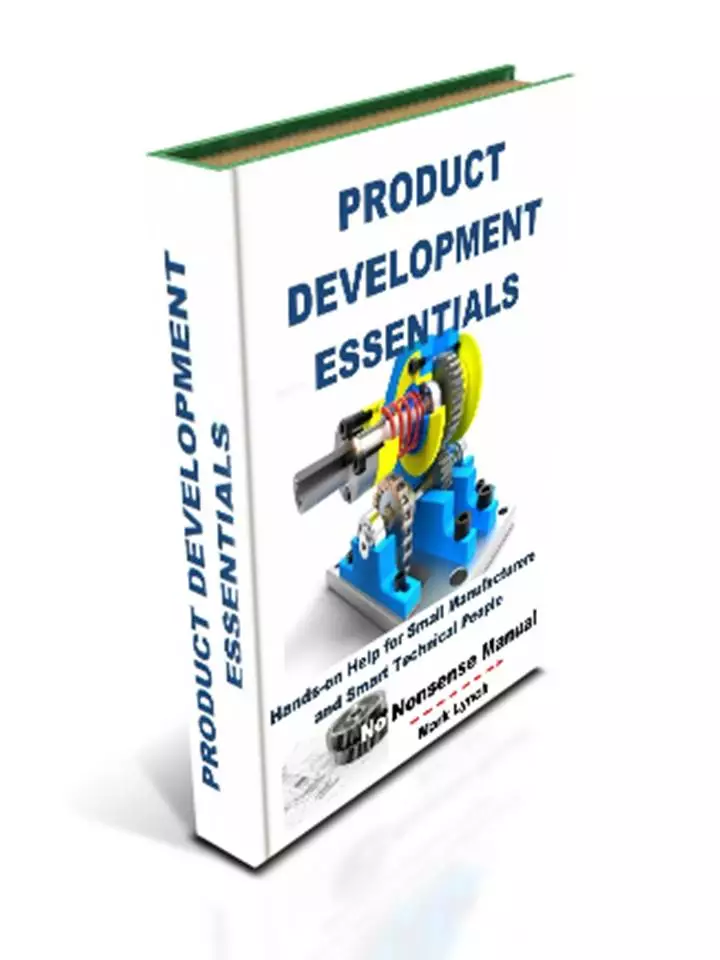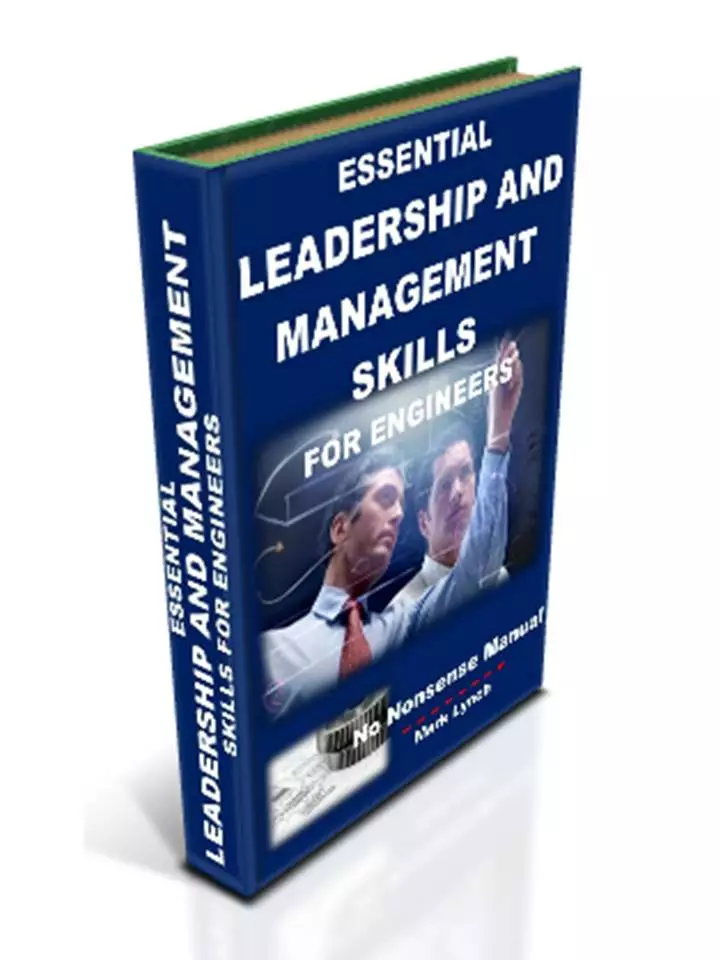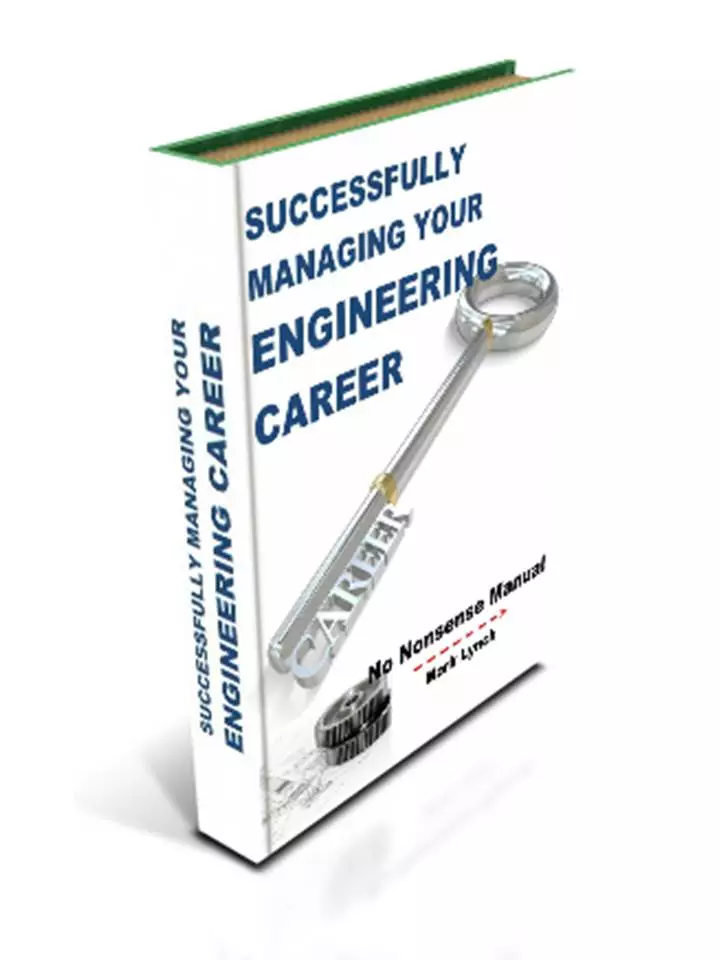'Hands-on Help for SMEs' and Smart Technical People'
Public Speaking Mistakes: What to Avoid in a Speech
Essential Leadership and Management for Engineers
Public Speaking Mistakes: What to Avoid in a Speech
Now we’ve covered some suggestions guaranteed to help you deliver a knockout speech, just as importantly, it’s worth pointing out what to avoid.
The first thing is humour. This is not a plea to avoid humour, instead be careful with it. Humour if used carefully, is a wonderful way to engage the audience. In a manufacturing environment banter and humour are common and great for building rapport. However this isn’t stand-up comedy. What’s worse, jokes falling flat are not only embarrassing, they can also start to erode your credibility. Finally, they can detract from the core message you are trying to communicate.
Avoid controversy. Don’t be rude or disrespectful about anybody. Don’t be tempted to do this if the person is not in the room or if they are a public figure. People generally don’t appreciate it. Also, it’s a quick way to alienate parts of your audience. After all, one man’s hate figure is another one’s hero.
Try not to get bogged down in too much fine detail that is difficult to follow verbally. The danger is you will quickly lose your audience, rapidly destroying any connection you have established. Speeches with visual aids are better platforms to include deep detail, such as statistics and piles of data. Even so, use these sparingly to perhaps illustrate a point.
Public Speaking Mistakes: Fail to Prepare? Prepare to Fail!
Don’t go into a presentation without preparation. Your speech should have some structure starting with an introduction with impact. Like any good story, next should come the middle – the core message. Finally it should end with a fitting conclusion, some of which may be a summary of the key points.
So what about a structure when you have very little notice to deliver a speech? Well a useful recommendation is to:
- say what you are going to tell them
- Tell them
- Tell them what you have just told them.
This is consistent with the start, middle and end story format. It also provides the scope for you to introduce the topic with impact, then feature the core subject matter, before summarising strongly.
Don’t talk down to your audience or patronise them. It sounds obvious but you’d be surprised how often it happens. There are probably fewer worse ways to lose the audience and throw away any rapport.
Some of the recommended things not to do in a speech are the opposite of the good practice listed above. So don’t mumble, speak too quickly or talk in monotone. Also don’t be too rigid with the speech, choosing to almost recite it word for word without some scope for audience participation or adaptability. Don’t over-run on your time allowance.
Do not use inappropriate or annoying body language like fiddling with a pen or glasses. Also, do make eye contact and avoid hiding behind notes.
Next... The Importance of Speech Preparation and Practice
Back to Essential Leadership and Management Skills
For you, what are the qualities of a Great Engineering Leader?
Have you come across highly effective engineering managers and inspirational leaders? Are you one?!
Describe the qualities you think set the best apart from the rest. What practical tips and styles get the best results?
Share your story...and receive a FREE copy of our report 'Helping Your Manufacturing Business Thrive'...PS: Feel free to name-drop your firm! There's nothing wrong with a bit of free publicity!











